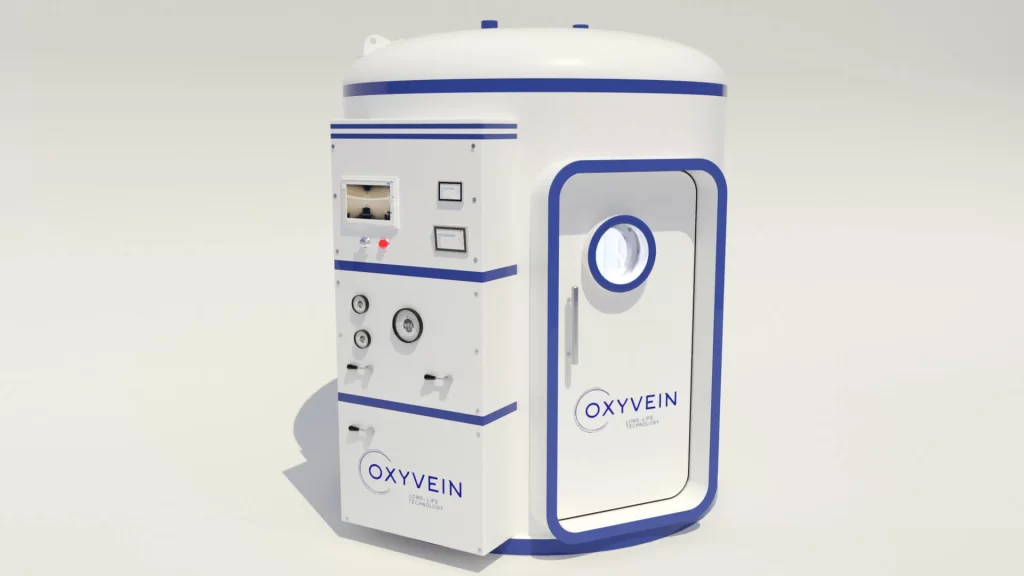
Stroke is one of the leading causes of death and disability in the world, including in Croatia, which seriously affects individuals, their families and healthcare systems. In addition to causing immediate disturbances in brain function, it can leave long-term consequences that significantly affect the quality of life. According to the World Health Organization, more than 12 million people worldwide experience a stroke every year , and as many as 6.5 million die from its consequences ( World Stroke Organization ). This means that every 3.3 seconds someone has a stroke. In Croatia, the situation is similar. According to a report by the Stroke Alliance for Europe (SAFE), around 11,000 people suffer a stroke every year , and more than 8,000 of them die ( SAFE Report – Croatia ).
A stroke occurs when there is a sudden interruption of blood flow to the brain , which can be caused by a blockage of a blood vessel ( ischemic stroke , in 80% of cases) or by a ruptured blood vessel and its contents spilling into the surrounding tissue ( hemorrhagic stroke ). In both cases, the outcome is the same — brain cells are deprived of oxygen and nutrients and begin to die within minutes. The sooner the response, the better the chances of preserving brain function.
The consequences depend on the area of the brain affected by the stroke and the duration of the interruption of blood flow. The most common include:
According to studies, only about 10–20% of stroke patients recover completely, while the rest have partial or permanent difficulties ( Anatomical Concepts ).
To avoid long-term disability and maximize quality of life, rehabilitation is ideally started within the first 24 to 48 hours after the patient’s condition stabilizes. The critical period for recovery is the first 3 to 6 months , although research shows that significant improvements can be seen up to 18 months after a stroke ( Mayo Clinic ). Effective rehabilitation involves a multidisciplinary approach tailored to each patient and includes:
HBOT involves breathing oxygen under elevated pressure in a hyperbaric chamber, which increases the amount of oxygen in the blood and promotes the regeneration of damaged tissues. Studies have shown that HBOT can improve neurocognitive function in patients with chronic consequences of stroke ( pubmed.ncbi.nlm.nih.gov ). One of the key studies published in the journal PLoS ONE showed that HBOT significantly improves neurocognitive function in patients who survived a stroke 6 to 36 months ago ( PLOS ONE ). Another study in Frontiers in Neurology confirms that HBOT can activate “dormant” neurons, resulting in improved motor skills, balance and cognition ( PubMed ).
An individual treatment plan may include a different number of treatments and their frequency, as it is always based on the diagnosis, time since the stroke, the extent of the damage, and previous therapies. According to available data, in most patients who respond to HBOT, improvements are long-lasting , especially when the therapy is combined with other rehabilitation techniques. In some cases, it is recommended to repeat the series of treatments after a few months for additional progress. Time is of the essence – if therapies, including rehabilitation and HBOT, are started within the first few weeks , the chance of regaining lost function increases significantly. Studies show that patients who start therapy within the first month have up to a 60% greater chance of functional recovery compared to those who start later ( NIH.gov ).
Stroke is a serious condition with potentially permanent consequences. However, with timely and comprehensive rehabilitation, including HBOT, it is possible to significantly improve the quality of life of patients. An individualized approach and early intervention are key to successful recovery. If you or your loved ones are looking for solutions to improve recovery after a stroke, we invite you to contact us for a consultation and evaluation of the possibilities of HBOT as part of your rehabilitation plan.
Note: This content is for informational purposes only and does not constitute medical advice or replace consultation with a professional healthcare professional.
Contact phone
Mobile phone

The first and only medical device of its kind in Croatia – this chamber represents the pinnacle of efficiency and comfort in therapy. It is designed to support the treatment of complex health conditions, as well as to enhance the body’s resilience and endurance.
Starting next month, you can personally experience its benefits and recommend it to those who matter most to you.